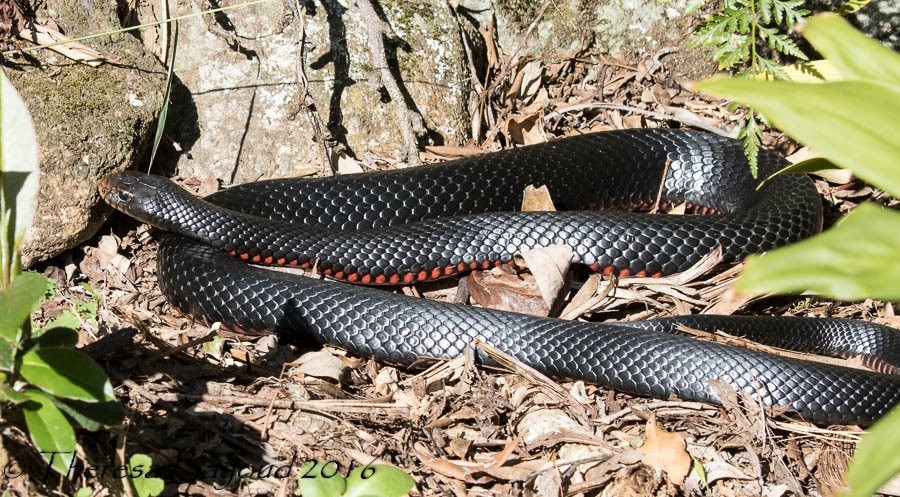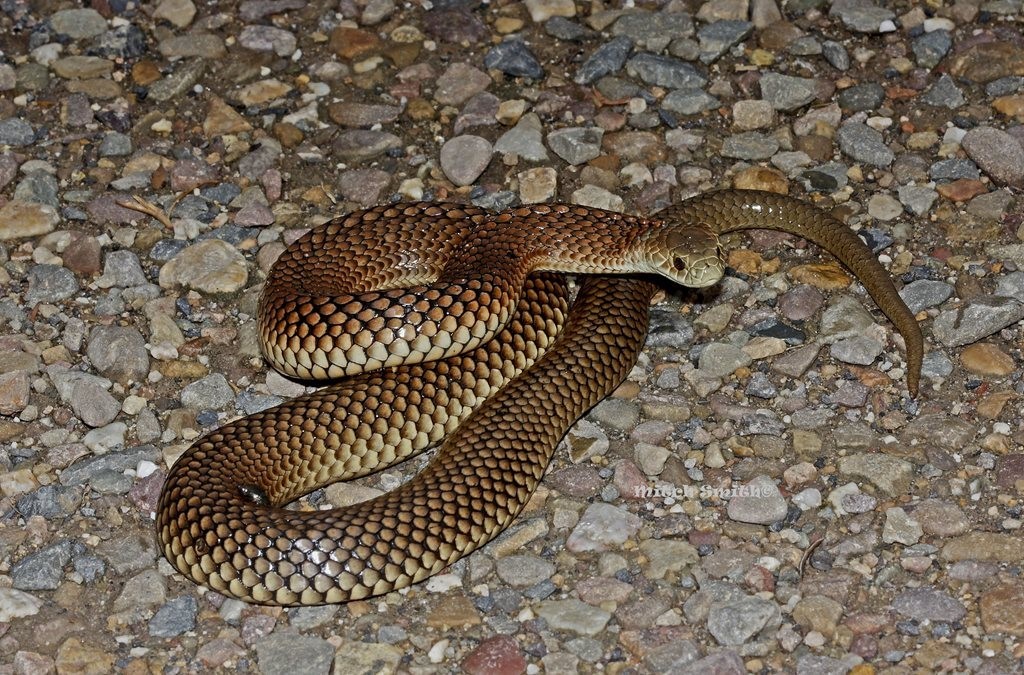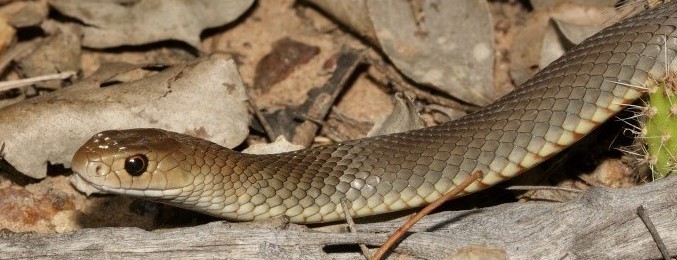September 28th, 2020Snakes on the move
“Snake species commonly found in the Grampians region include the Eastern brown, tiger and less often, copperhead and red-bellied black snakes.
“These four species are venomous, but it is rare for them to bite people. Most snake bites occur when people try to capture or kill a snake.
“Snakes can bite animals, such as dogs, if they feel threatened. If your dog or cat encounters a snake, the best course of action is to remove your pet from the area or tie it up while the snake passes and if you suspect your pet has been bitten, take it to a vet immediately.

“Snakes are generally very shy and prefer to keep away from people and often when a snake is found in a backyard it’s because it’s moving through the area to other habitat.
“Being aware that snakes may be around and being informed about how to react to them is very important at this time of year.”

If people live in an area with snakes, they must remember:
• When left alone, snakes present little or no danger to people:
• If you see a snake, keep calm and move yourself and anyone with you (including pets) away from the area;
• Don’t attempt to capture or harm snakes. Instead call DELWP on 136 186 for further advice and local licenced snake catchers;
• Maintain lawns and clean up around your house, as snakes are attracted to shelter such as piles of rocks and timber, sheets of metal, and building materials; and
• Undertake first aid training and ensure your first aid kit contains several compression bandages, and if someone is bitten, call 000 immediately.
Snakes are protected under the Wildlife Act 1975 and it is illegal to capture, harm, or kill them. Reports of people wilfully destroying protected wildlife will be investigated accordingly.

Images: Atlas of Living Australia










